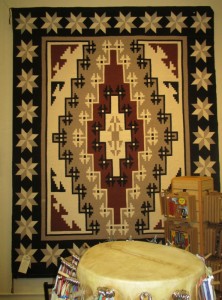We drove north from Phoenix through the surprisingly green Sonoran desert with its iconic Saguaro cactuses. 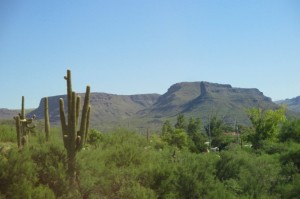
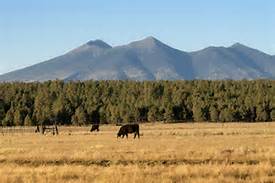

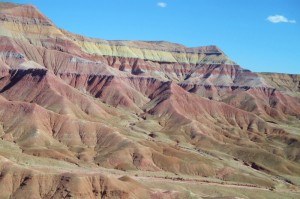
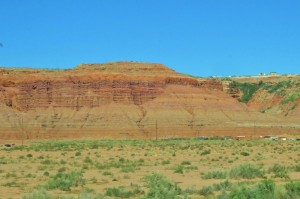

Our destination for today was Tuba City, and I wondered what connection there could be between the Navajo and tubas. The story is that Tuba City was named to honor Chief Tuuvi, a Hopi leader of the late 19th century. The Navajo name for the town is Tó Naneesdizi, which refers to springs under the ground. The Navajo reservation completely surrounds the Hopi reservation, like a donut around its hole, and Tuba City is on the Navajo reservation, not the Hopi reservation, so I don’t know why the Navajos don’t call the town by its Navajo name instead of by an adaptation of a Hopi name. Clearly there’s a lot I don’t understand here.
Anyway, our RV park is just behind the Navajo Interactive Museum, a wonderful interpretive center that we spent some time in this afternoon. In it is a Code Talkers display that celebrates one of the most important moments in Marine Corps history, when during World War II 29 Navajo volunteers were recruited by a Marine general who had grown up with his missionary parents on the Navajo reservation. The Navajo language has a complex grammar and an unwritten language, and it was spoken only on the Navajo lands of the American Southwest. Its syntax and tonal qualities, not to mention dialects, made it unintelligible to anyone without extensive exposure and training, so it was thought that it could be used to transmit military information by undecipherable code.
Staged tests of these 29 volunteers under simulated combat conditions demonstrated that Navajo men could encode, transmit, and decode a three-line English message in 20 seconds, versus the 30 minutes required by machines at that time. The Navajo code talkers were commended for their skill, speed, and accuracy demonstrated throughout the war. At the Battle of Iwo Jima, Major Howard Connor, 5th Marine Division signal officer, had six Navajo code talkers working around the clock during the first two days of the battle. These six sent and received over 800 messages, all without error. Connor later stated, “Were it not for the Navajos, the Marines would never have taken Iwo Jima.” By the end of the war, there were over 500 Code Talker Marines. The museum has a number of artifacts and memorabilia from their experiences. 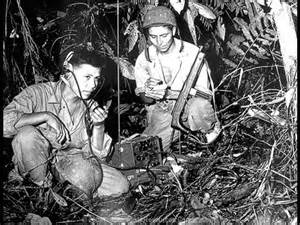
In the cultural part of the museum, the first thing you see is a replica of a hogan, the traditional home of the Diné (Din-EH), which is actually what the Navajo call themselves. It can be round, cone-shaped, multi-sided, or square, with or without internal posts. The frame is covered with weeds, bark, or grass, and earth, except at the apex, where the smoke from the fire in the center of the floor is allowed to escape. The door always faces east to welcome the rising sun for blessings, wealth, and good fortune (which I believe is also a Chinese feng shui principle). 


